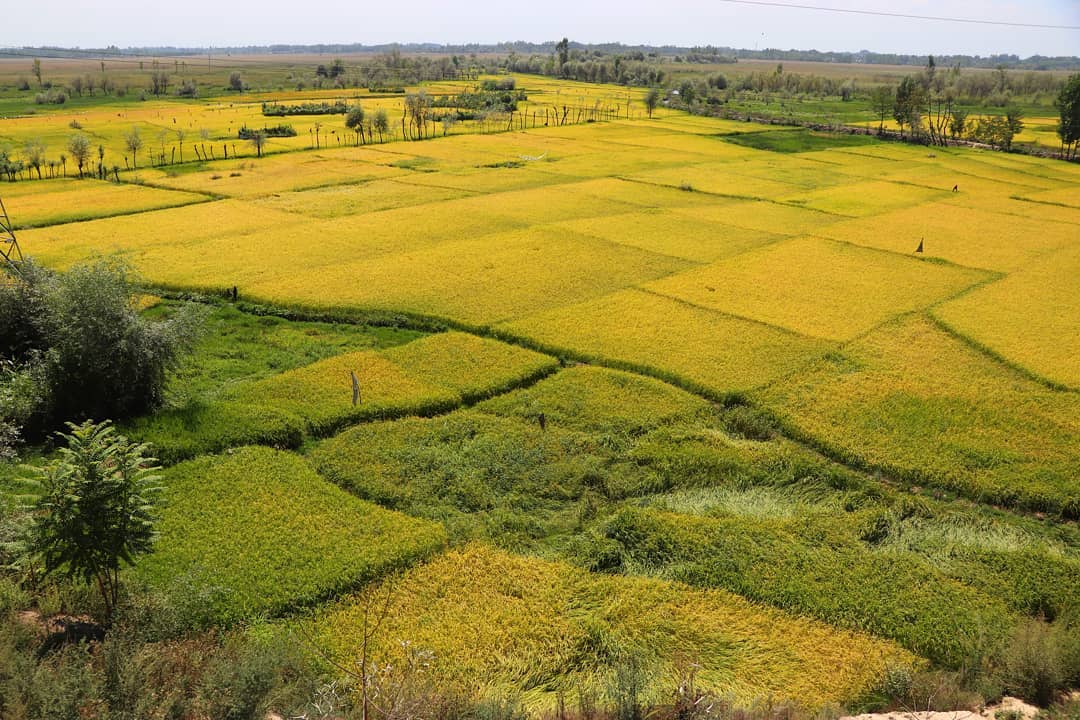Jahangeer Ganaie
Srinagar, Apr 16: Experts have raised serious concerns over the increasing trend of converting agricultural land to horticulture in Kashmir, warning that the region is becoming dangerously dependent on other states for its staple food—rice.
Speaking to the news agency Kashmir News Observer, an officer of the Agriculture Department said that Kashmir is already around 30–40% food-deficient, but the ongoing trend of conversion over the past five to six years has made the region even more reliant on other states.
He said thousands of hectares of paddy land in Kashmir have been turned into orchards, mostly for apple cultivation. While this shift has brought economic gains to some farmers, it has drastically reduced local rice production.
“Kashmir was once self-sufficient in rice production, but the rapid land-use conversion is now threatening food security. If this trend continues, Kashmir will be 100 per cent dependent on other states for rice in the next few years,” he added.
He further said that although horticulture boosts income, it also makes Kashmir vulnerable to supply disruptions and market volatility. “In times of natural disasters or political unrest, reliance on external food supplies can create crises,” he added.
Another official said that historically, regions like Kulgam and Pulwama were known as the rice bowls of Kashmir. However, over the past one or two decades, Kulgam has lost over 50 per cent of its paddy fields to non-agricultural uses, including horticulture and urban development.
He said that in Pulwama, there are areas where there were almost no orchards just a few years ago. “However, after the introduction of high-density apples, around 60 per cent of paddy land has been converted. If the demand for high-density apples continues, there won’t be a single patch of paddy land left,” he said.
The officer said that while farmers are getting good returns from this conversion, it is making everyone more dependent on other states for staple food like rice.
According to data, the area under paddy cultivation in Jammu and Kashmir decreased from 1,62,309 hectares in 2012–13 to 1,34,067 hectares in 2021–22, marking a 17% decline. However, experts believe the current decline could be even greater.
Officials said that currently, 60–70% of the rice consumed in the region is sourced from states like Punjab, Haryana, and Uttar Pradesh through the Food Corporation of India (FCI) as well as private channels.
They said that approximately 35,000 hectares of paddy fields have been converted to non-agricultural uses over the past decade.
“There is currently no law to prevent people from converting paddy land to other uses, but the government needs to act urgently—otherwise, it may soon be too late,” the officials added—(KNO)




